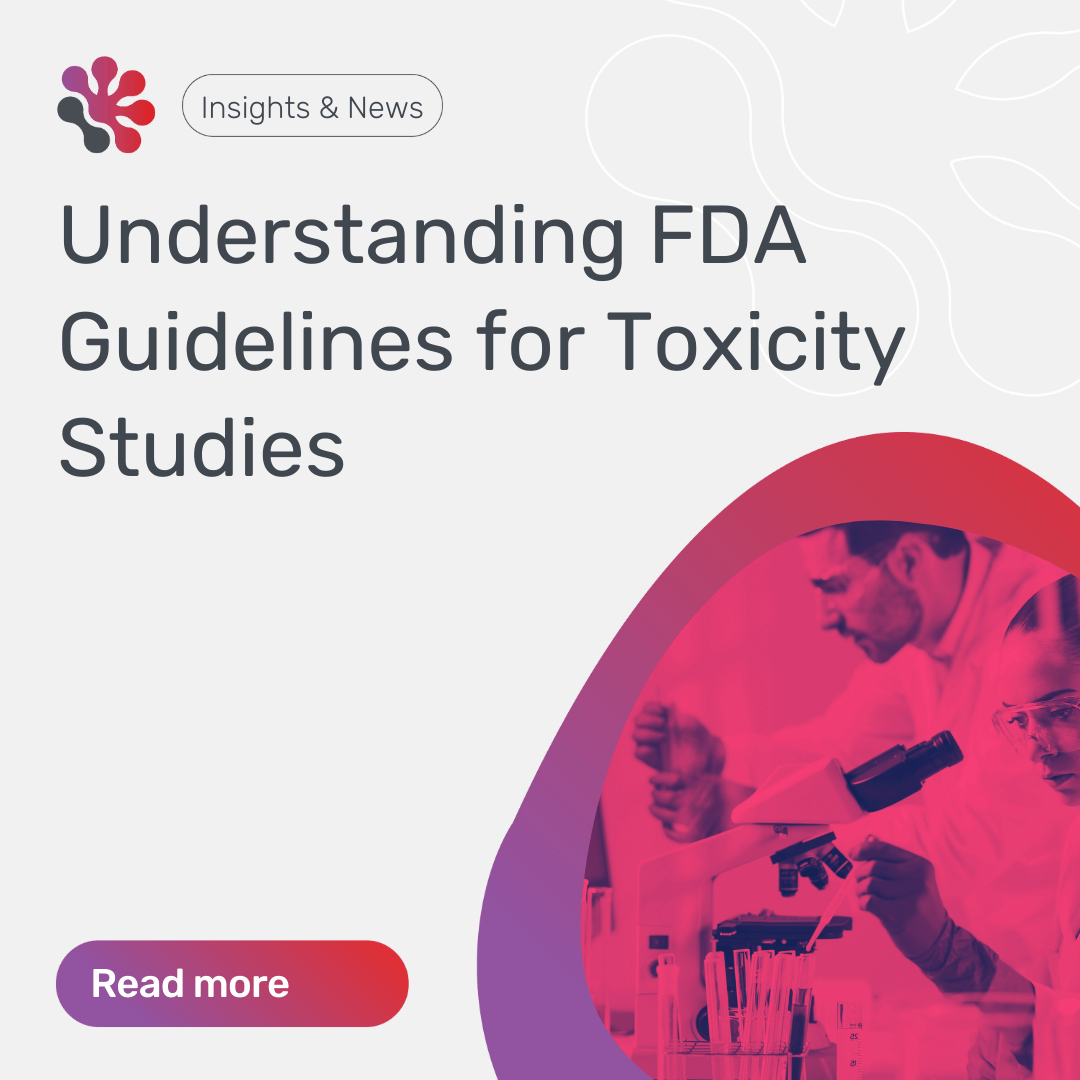If you’ve conducted a Tissue Cross-Reactivity (TCR) study and are planning to bring a biologic to market, chances are you’ll need approval from a regulatory body. In the United States that regulatory body is the Food and Drug Administration (FDA) and the FDA has been regulating TCR studies since 1983.
History of the FDA Tissue Cross-Reactivity Requirements
In 1983, the FDA released the first official document outlining regulations for TCR studies, titled “Points to Consider in the Manufacture and Testing of Monoclonal Antibody Products for Human Use (PTC).” This document was subsequently updated in 1987, 1994, and 1997 with all updates bringing requirements for TCR studies. For example, the 1983 PTC document recommended that “an immunohistological survey of human vital organs, blood components and intended target cells or tissues should be carried out using both quick frozen and chemically fixed adult and, if available, foetal tissue samples.”
When the 1987 version was released, it no longer recommended that studies be done on chemically fixed tissues, and instead only quick-frozen tissues were suggested for testing and that the use of colony-forming assays to detect cross-reactivity in blood or cultured cells was added. The new 1987 PTC document also recommended that a quantitative comparison of the binding between the expected target and the cross-reactive cells or tissues be conducted. The document also seen the removal of the suggestion that cross-reactivity be evaluated in humans using extensive histopathology evaluations if there was no animal model.
In 1994, the third version of the PTC document was released. The document noted that TCR studies at that time were being conducted on human cells or tissues obtained from various sources, including biopsies, blood, and cell lines. The document emphasised that the specific TCR method used should be validated for its intended use and that the results should be interpreted in the context of the entire product characterisation.
In recent years, the regulatory recommendations for TCR studies have continued to evolve, with a focus on the use of appropriate methods, validated assays, and thorough interpretation of results. As technology and understanding of monoclonal antibodies (mAb) products have advanced, TCR studies have become increasingly complex and challenging. However, these studies remain a crucial aspect of ensuring the safety and effectiveness of mAb products for human use. If you’re conducting a TCR study for monoclonal antibodies you might want to make sure you avoid the mistakes we mention here.
FDA Tissue Cross Reactivity Requirements
We’ve pulled out some of the requirements the FDA have in the 1997 PTC document and placed them below.
The FDA state It is important to conduct cross-reactivity studies using human tissues or cells before beginning phase 1 clinical trials. This is to check for any cross-reactions or binding to non-target tissues.
When working with bispecific antibodies, it is also necessary to evaluate each parent antibody individually in addition to testing the bispecific product.
We’ve created the following image to show the full list of tissues the 1997 PTC suggested using.
It is important to determine the reactivity of the antibody or immunoconjugate using quick-frozen adult tissues, with surgical samples being the preferred choice. While post-mortem samples can also be used, it is important to ensure that the tissue preservation is adequate. To screen for polymorphism, it is recommended to evaluate tissues from at least three unrelated human donors. Additionally, it is important to evaluate the effect of fixatives on tissues that are known to be positive to ensure that the target antigen is preserved during tissue processing.
If cross-reactions occur and there is a possibility that the target antigen has genetic polymorphism, it is necessary to conduct further studies using a larger sample of tissues to understand this polymorphism more fully.
The FDA have several more requirements and recommendations for TCR Studies, if you’d like to learn more, we recommend checking out the 1997 PTC from the FDA.
If you’d like help with a TCR Study, HistologiX’s fully GLP compliant laboratory can undertake TCR studies, in human and animal tissues and all our TCR studies are run to the FDA and the EMA guidelines. Learn more about our TCR services here.
Meet the Team

Elaine Foster BSc
Elaine is the Cellular Pathology Manager at HistologiX. She is responsible for the management and coordination of our immunohistochemistry studies. With her extensive practical experience of IHC techniques and assay development, she is well placed to support Clients from project proposal to completion of study report.
Elaine began her scientific career in histopathology working on breast and colon cancer tissues and performing IHC & radioactive-ISH assays before moving into a research lab working on IgA nephropathy. Prior to joining HistologiX, she helped set up GLP procedures for a large contract research laboratory.






